The brand new and ultra-slim PICO 4 VR headset combines high-quality software with comfortably wearable hardware. The PICO 4 is the competitor to the Meta Quest 2, and both headsets are all-in-one VR headsets with no external components other than the included controllers.
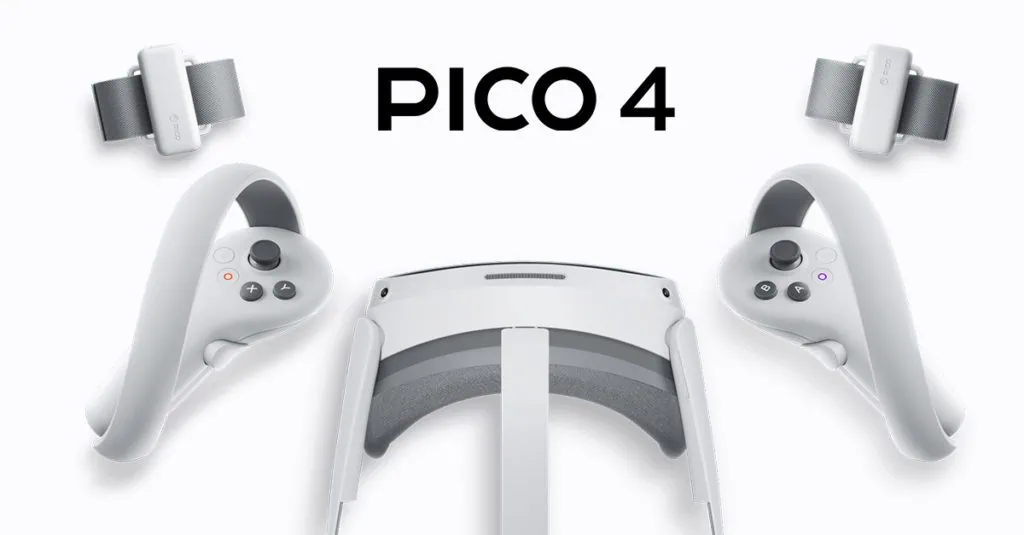
Looking at the PICO 4, the first obvious and most immediate change compared to the PICO Neo 3 Link is the new form factor. The front of the PICO 4 is much slimmer than its predecessor – largely due to the switch to flat pancake lenses – overall PICO has reduced the weight from 620 grams on the PICO Neo Link 3 to 586 grams (including headband). In practice, the headset thus feels very light and well balanced. Similar to the PICO Neo Link 3, the battery in the PICO 4 is located on the back of the headband, which contributes to an even weight distribution and balance.
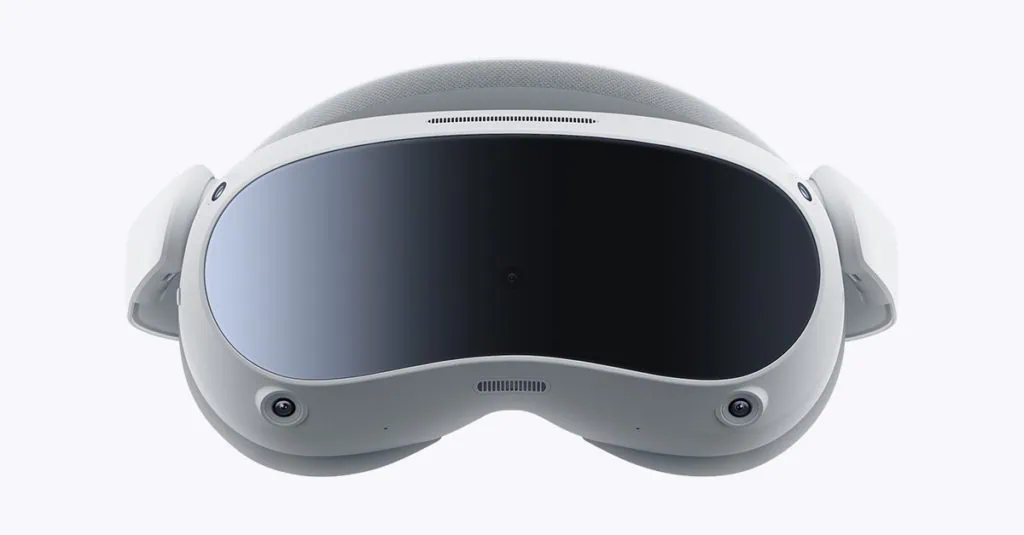
Other comfort improvements can be found in the interpupillary distance (IPD) adjustment options. Headsets such as the Meta Quest 2 and PICO Neo 3 Link offer a limited IPD setting with three lens positions/distances that users can manually adjust before putting on the headset. The PICO 4, however, offers the ability to continuously set the IPD range that is perfect for the user (between 62 and 72 mm). The distance between the lenses is automatically adjusted by means of a motor, without the need to remove the headset or make a manual adjustment.
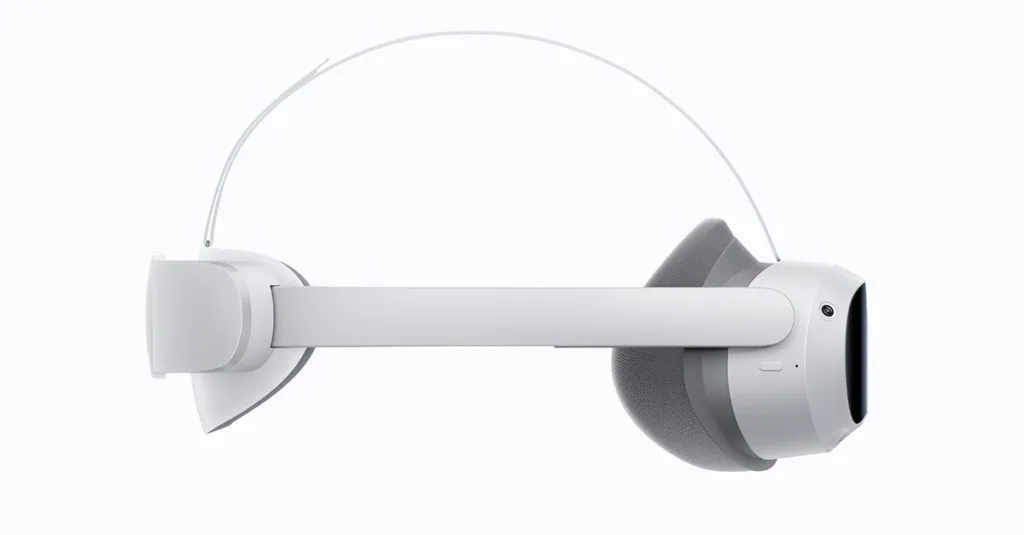
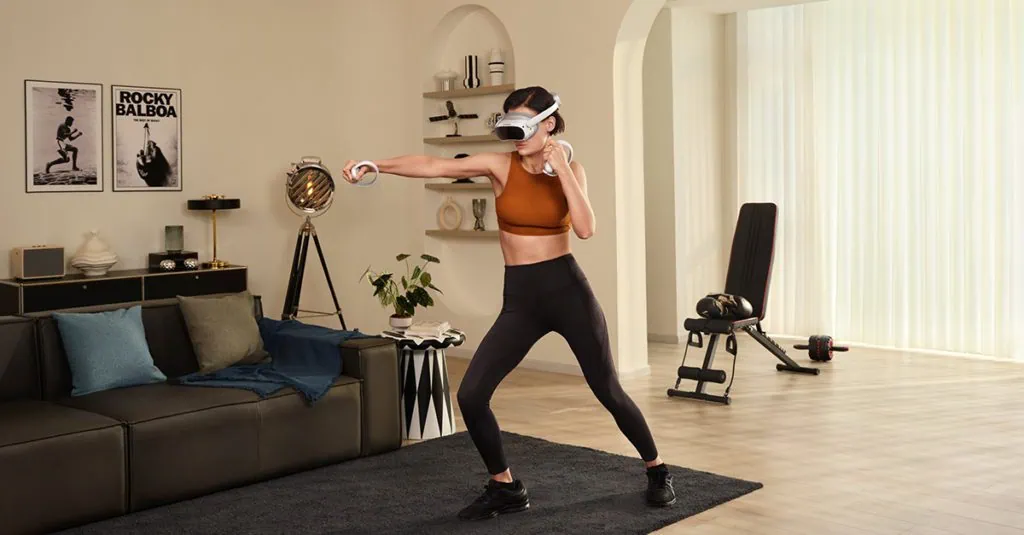
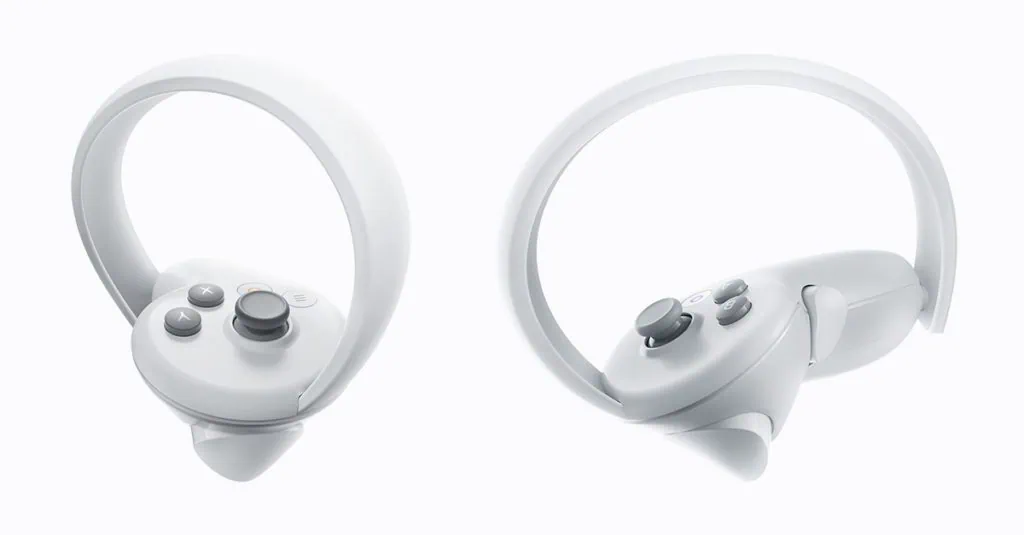
Meanwhile, one weakness of the PICO 4 is that the headset needs quite a bit of light to be usable. If there is too little light in the room, for example in the evening, the PICO 4 or the tracking cannot be used, so additional light must be turned on when using it in dark rooms.
In conclusion, the PICO 4 is a significant upgrade to the PICO Neo 3 Link at a lower price, and also outshines its competitor, the Meta Quest 2, due to the new functionalities.
If you want to learn more your Virtual Reality strategy, schedule a free demo with us!





